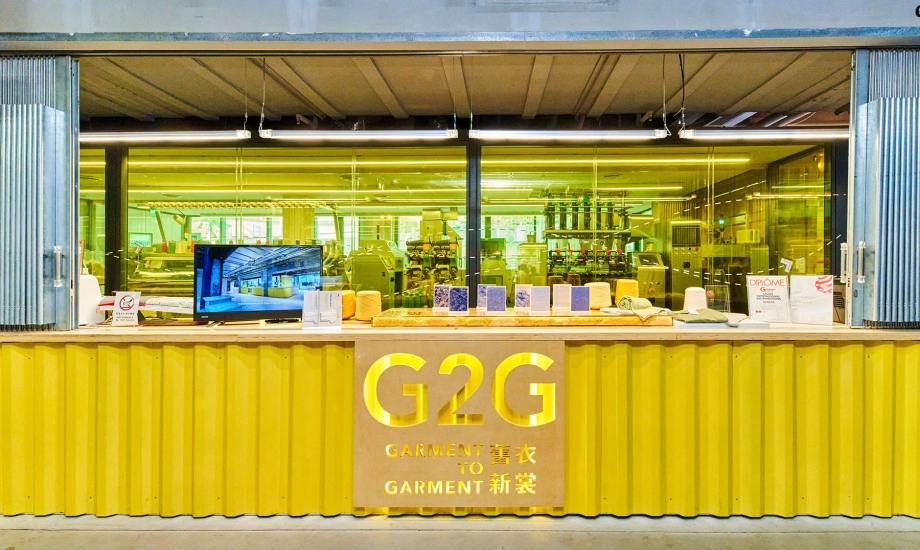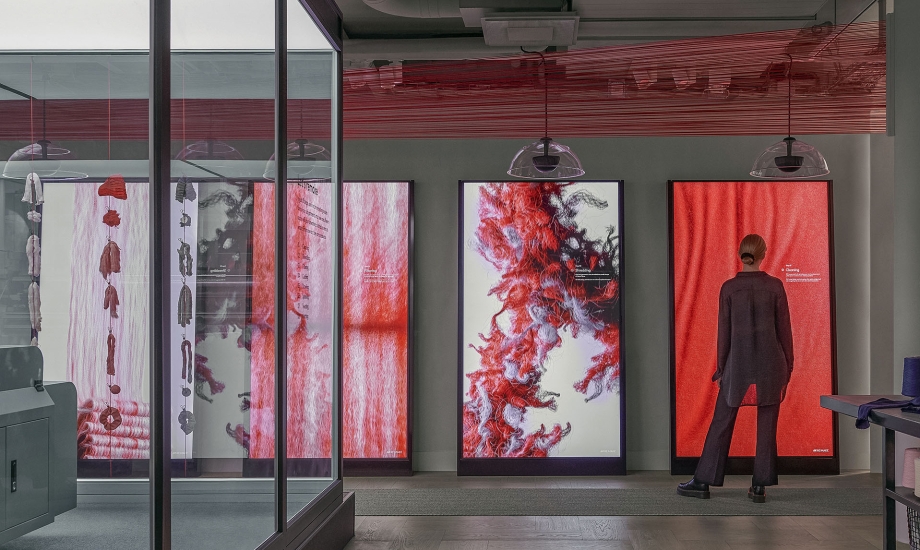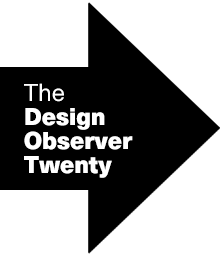
The Design Observer Twenty | Sponsored by IDEO
The Design Observer Twenty is our curated selection of twenty remarkable people, projects, and big ideas solving an urgent social need.
“Real-world problems are multi-disciplined problems,” HKRITA’s CEO Edwin Keh tells Design Observer. “That desire to be useful and the privilege of being involved in — and trying to solve — interesting, complex, and consequential problems has always been something that motivates and fascinates me.”
Established in 2006 and funded by the Hong Kong government’s Innovation and Technology Commission, the applied research institute’s award-winning sustainability work for fashion’s global supply chains runs the gamut: acoustic microplastic removal, hydrothermal recycling of blended textiles through their so-called green machine, and even a retail shop where consumers see their old clothes spin into something new. Their more than 200 active projects also span social benefits — like elder care, healthcare, and high-performance sports — and the current wave of digitization in manufacturing, called industry 4.0, which brings enhancements to analytics, human-machine interaction, and robotics.

The recycling process can be configured in a 40-foot container, including the 3-in-1 Integrated Opening-Cleaning-Carding System with AI algorithms to optimize the system. Image: Hong Kong Research Institute Of Textiles and Apparel
Another thing that’s always fascinated Keh: the “aesthetic of things” and how people use them. That interest eventually led him to over two decades (and counting) in supply chains, first as a leader — he’s worked for Walmart, Payless, and Donna Karan — and now as a researcher.
The path was personal.
Keh was an aspiring architect when he took what was supposed to be an internship at a refugee camp run by the UN Refugee Agency UNHCR. The months-long stint turned years long, and Keh saw just how high the stakes of efficient distribution could be.
“I watched people die unnecessarily,” he says. Resources weren’t reaching them fast enough because “the bureaucracy and the internal organizational operations slowed everything down. And I felt very helpless not being able to make improvements.”
The experience changed the course of his career. “That got me very much interested in not only the materials, but also the movement of materials, the architecture of supply chains,” he says. “How do you make these things move more efficiently?”
Today, HKRITA is building forward momentum through innovative projects that make cotton “happier,” “healthier,” and able to grow in artificial environments to facilitate “hyperlocalized manufacturing” and “really, really short supply chains.”

H&M's Looop opened to the public at its Drottninggatan stores in Stockholm in October 2020. This was the first time this garment-to-garment recycling system was shown in store by a fashion retailer. Image: H&M Group
The researchers have seen particular success with their green machine — a breakthrough hydrothermal recycling system for the cotton and polyester blends that make up the biggest proportion of clothes we wear. Now licensed to sustainability-focused brands and leading manufacturers, the system uses mostly heat, water, and pressure to separate the blended textiles into their component fibers, which can then be respun into new clothing or used to replenish what production depletes.
That’s because the cotton breaks down to cellulose, which HKRITA is using to create superabsorbent polymers in large-scale experiments with partners including Indian garment manufacturer Shahi Exports to grow more cotton without irrigation and put nutrients back in the soil in what could become “a truly regenerative” agricultural process. Promising results include more than 20% improvements in cotton yields in some cases, says Keh, which is “really good news” for farmers in countries with developing economies.
Of course, innovation and disruption can also spell danger for frontline workers. Keh says his team is “being careful not to create unintended consequences,” particularly in their automation work. The company announced earlier this year that it’s developing a gripper for a robotic arm that’s precise enough to pick up a single ply of fabric at a time. He hopes that tech-enabled supply chains, which he says are harder to replicate than ones where workers lead more manual processes, could improve job security by making it harder for brands to “jump from country to country looking for the lowest labor costs.”
If Keh’s work has shown him one thing, it’s that sustainability is at once a global priority with sweeping consequences and an opportunity for deep individual meaning-making. He’s seen people moved to tears in HKRITA’s retail shop, Garment-to-Garment, while watching their clothing — a sweater from a late husband, a vintage shirt from mom — gain new life.
“There’s this very powerful connection we have with our clothes because, I think, it sits next to skin, and it’s on us all,” Keh says. “Climate change is part of the story. But there is also something very human and very, very personal.”
Essay by Delaney Rebernik.



